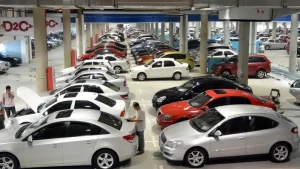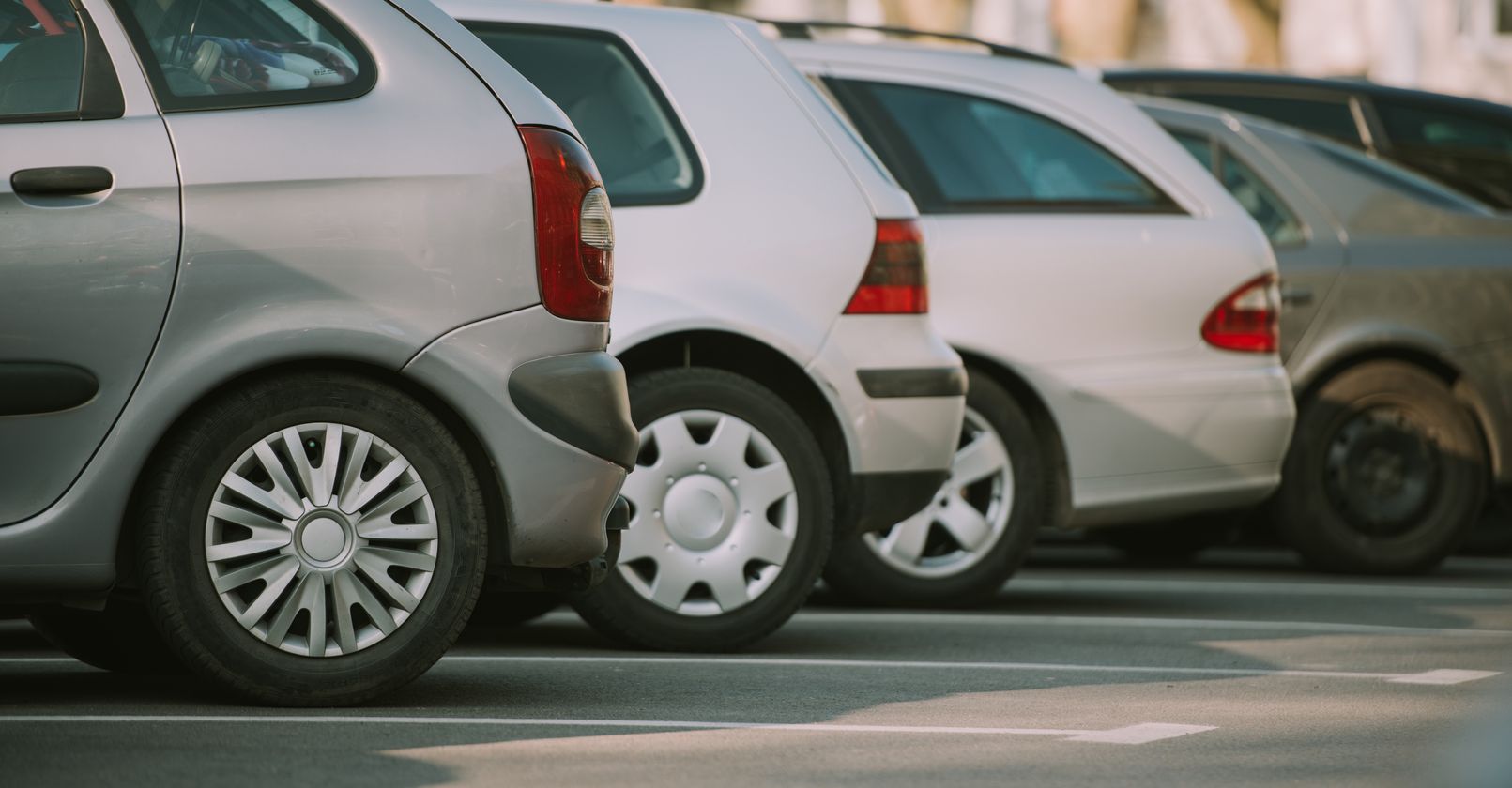The global trade of pre-owned vehicles demands rigorous standards to ensure quality, safety, and customer satisfaction. For any enterprise engaged in Used Car Export, a meticulous and systematic inspection process is not merely a recommendation but an absolute necessity. This guide provides a detailed overview of the critical components involved in a professional vehicle inspection, serving as an essential checklist for exporters aiming to uphold the highest industry standards and solidify their reputation in the international market.
Exterior Inspection Essentials
A vehicle’s exterior is its first impression, and a thorough examination is crucial for assessing its condition and overall value. This stage involves a multi-faceted evaluation to identify any signs of damage, repair, or neglect.
Bodywork and Paint Evaluation
The inspection begins with a careful examination of the body panels for any dents, scratches, or signs of misalignment. Inspectors must look for inconsistencies in paint color, texture, or orange peel effects, which often indicate previous repair work. The gaps between doors, the hood, and the trunk should be even and symmetrical. Furthermore, a specialized paint thickness gauge should be used to measure the depth of the paint across all panels. Significant variations in thickness are a clear indicator of body filler or repainting, suggesting past accident damage that potential buyers need to be aware of.
Glass and Lighting Assessment
All windows, mirrors, and windshield glass must be inspected for cracks, chips, or scratches that could impair visibility or compromise structural integrity. The lighting system requires equal attention. This includes checking headlights (high and low beam), fog lights, turn signals, brake lights, and reverse lights for proper operation. The condition of the lenses is also important; hazing or cracks can reduce effectiveness and may require replacement. This thorough check ensures the vehicle meets safety standards for its destination country. Many china used cars are subject to these rigorous checks before they are approved for international shipment.
Interior and Cabin Inspection Protocol
The interior condition of a vehicle is a strong reflection of how it has been maintained and is a key factor for buyers. A clean, functional, and damage-free cabin significantly enhances the vehicle’s marketability.
A detailed interior inspection covers the state of the upholstery, dashboard, and all control systems. Inspectors must check for tears, stains, or excessive wear on the seats, carpets, and headliner. All electronic features, such as the air conditioning, infotainment system, power windows, and central locking, must be tested to ensure they are in perfect working order. The functionality of the instrument cluster, including warning lights and gauges, is also a critical component of this assessment. Additionally, a check for any unusual odors, particularly those suggesting mildew or smoke, is vital as these can be major deterrents for buyers. China auto dealers understand that a pristine interior is paramount for securing international clients.
Under the Hood Mechanical Review
The mechanical heart of the vehicle is the most critical area of inspection. Its condition determines the vehicle’s reliability, performance, and longevity on the road.
This comprehensive review involves examining the engine for any signs of leaks, corrosion, or unusual noises upon startup and idling. Belts and hoses should be checked for cracks, fraying, or signs of wear. Fluid levels and their condition, including engine oil, transmission fluid, brake fluid, and coolant, must be assessed and topped up or replaced as necessary. The battery should be tested for charge and load capacity. A diagnostic scanner must be used to read the vehicle’s onboard computer for any stored fault codes, even if the check engine light is not illuminated. This proactive approach helps identify hidden issues that could lead to costly repairs later. This level of scrutiny is what builds trust in the used car export sector.
Chassis and Undercarriage Examination
The underside of the vehicle often reveals the true story of its life, including exposure to harsh climates and potential involvement in accidents.
A proper inspection requires the vehicle to be lifted on a hoist. The inspector will then examine the frame and chassis for any signs of bending, cracking, or rust corrosion that could affect structural integrity. All suspension components, such as shock absorbers, struts, and springs, are checked for wear and leaks. The exhaust system is inspected for holes, rust, and secure mounting. Finally, the transmission and differential are examined for any signs of fluid leakage. This step is non-negotiable for vehicles destined for countries with strict roadworthiness laws. The reputation of china used cars in foreign markets depends heavily on this rigorous mechanical and structural vetting process.
Final Road Test Verification
The final and most dynamic phase of the inspection process is the road test. This practical evaluation confirms the findings from static checks and assesses the vehicle’s real-world performance.
During the test drive, the inspector will evaluate the engine’s responsiveness, the smoothness of gear shifts (both manual and automatic), and the vehicle’s braking performance, ensuring it stops evenly without pulling to one side. The steering should be precise and free of vibrations or unusual noises. The inspector will also listen for any unexpected sounds from the suspension when going over bumps and check for wind noise at higher speeds, which could indicate poorly sealed windows or doors. This holistic test ensures every system is functioning in harmony before the vehicle is cleared for export. China auto dealers rely on this comprehensive process to guarantee customer satisfaction and minimize post-sale complaints.
In conclusion, a professional car inspection for Used Car Export is a complex, multi-stage process that leaves no component unchecked. From the exterior paint to the internal mechanics and overall driving experience, each element plays a vital role in determining the vehicle’s quality and value. By adhering to this stringent protocol, exporters can build a strong reputation for reliability, ensure compliance with international regulations, and successfully meet the demands of the global market for high-quality pre-owned vehicles. The future growth of the china used cars industry is intrinsically linked to maintaining these exceptionally high standards of quality assurance.



